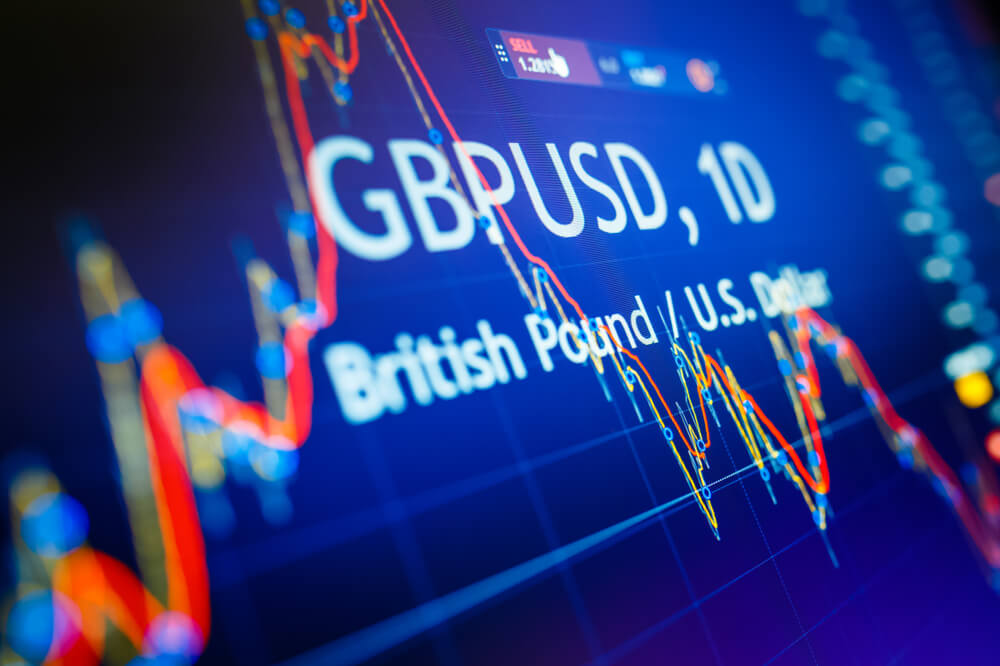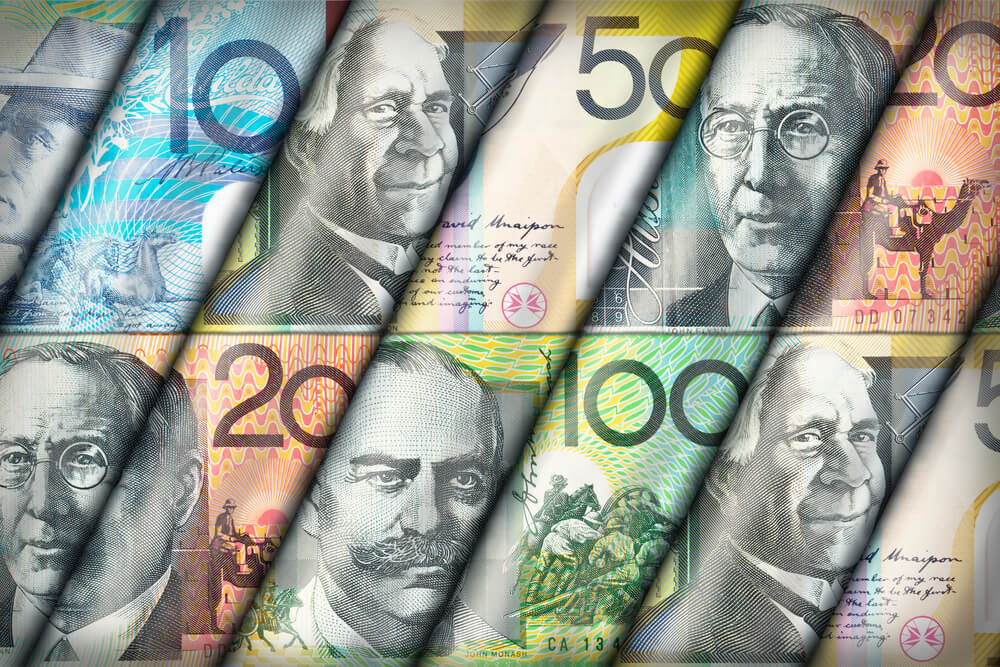On Tuesday, the GBP to USD exchange rate fell 0.25% to 1.3784 from its climb of 0.02% to 1.3748 last Monday.
One of the reasons for the decline of the British Pound is the distributive survey of the Confederation of British Industry. It projected that the retail sales of the United Kingdom this month might drop. However, it will remain at its highest level in three years.
An analyst said that if this forecast is the same as the report or if it beats expectations like last month, it will give a boost to Sterling. Meanwhile, the consumer credit figure for June is expected to increase to 0.60 billion pounds from 0.28 billion pounds.
It indicates that British consumers are confident in their country’s economic recovery. This could also be a factor in the rise of the currency.
Yet, the small figures of the United Kingdom’s data releases will be competing against the United States’ several market-moving events. It could mean the greenback will outsell GBP n the preceding days.
Meanwhile, the US currency climbed as the Dollar Index inched up 0.10% to 92.70, just below its last week’s three-and-a-half-month high of 93.194.
Since the Fed’s hawkish stance in mid-June, the greenback stayed at an elevated position, and it became the investor’s safe-haven currency as the inflation rate continued to rise.
As the week goes on, USD is projected to find its support amid the quarter-on-quarter gross domestic product is expected to grow by 8.60%.
Additionally, the unemployment rates are projected to drop, and personal spending is forecasted to increase, also giving a boost to the US Dollar.
Currency Exchange Rates
Furthermore, other currency exchange rates mostly fell at the beginning of the Federal Reserve meeting that will conclude on Wednesday.
Analysts are not expecting much change in the central bank’s monetary policy. However, traders are looking for a discussion regarding the removal of the Fed’s bond purchases as well as policymakers’ thoughts on the current inflation levels.
Moreover, the USD/JPY, EUR/USD, and AUD/USD all plummeted 0.20% to 110.16, 0.10% to 1.1789, and 0.20% to 0.7365, respectively.
The same with NZD/USD, CHF/USD, and CAD/USD. They all declined 0.64% to 0.6960, 0.08% to 1.0905, and 0.31% to 0.7948, respectively.
On the other hand, the SEK/USD traded 0.51% higher to 0.1158.















